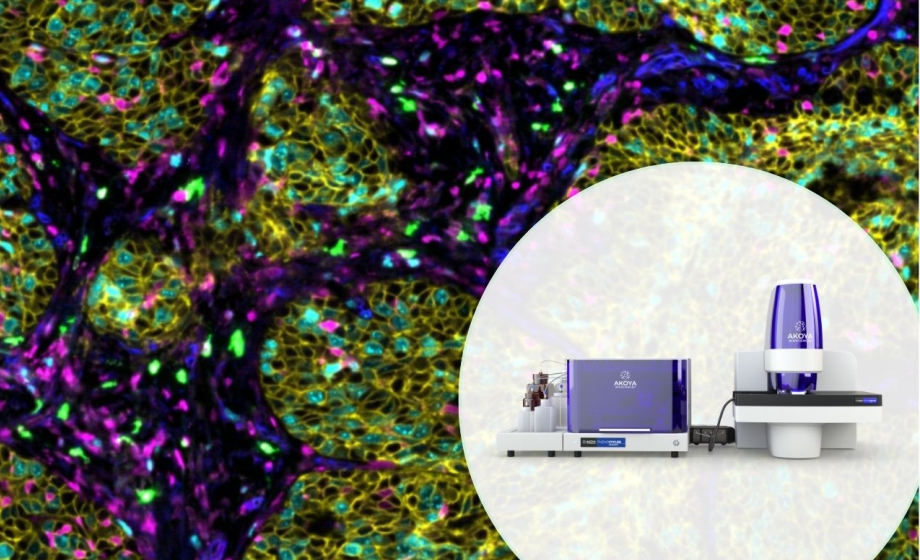Q&A Report: Spatial Phenotyping: A Revolutionary Approach to Biomarker Discovery for Cancer Immunotherapy
The answers to these questions have been provided by:
Arutha Kulasinghe, PhD
Clinical-oMx Group Leader and Senior Research Fellow, Frazer Institute, The University of Queensland (UQ); Founding Scientific Director, Queensland Spatial Biology Centre (QSBC).
Contact
Email: arutha.kulasinghe@uq.edu.au
Twitter: twitter.com/aruthak
LinkedIn: au.linkedin.com/in/arutha-kulasinghe-3b246561
What, if anything, can be done on stored FFPE tissue blocks?
These spatial approaches are amenable to archival FFPE tissues. We typically profile tissues that are 1-5 years old from hospitals or pathology labs. We are currently pushing the boundaries with FFPE tissues to tissues multiple decades old… stay tuned!
Is MALDI imaging useful for this purpose?
MALDI mass spec will certainly be powerful as a discovery tool over the next few years, however this approach is quite time-consuming and requires more time to mature. Ideally this could be paired with a high-throughput antibody based approach for translational/clinical studies as discussed in the talk.
Do you have spatial data interpretation routines (cell counts and their spatial distribution) that we can adopt? Is there a data interpretation service for the multiplex Akoya outputs? We generate nice pictures but I am not sure that the data is captured ideally.
We have a number of publications coming out in this space – there are modular cloud based solutions such as MCMICRO and other service providers such as Enable Medicine who allow for modular cloud based analysis (cell segmentation, clustering, phenotyping, neighbourhoods and associations with clinical metadata).
Does the cost of these approaches allow for widespread adoption of these assays?
Cost is an important consideration. However, this is relative because of the wealth of information and ability to continuously mine large and complex spatial datasets. It also depends on whether your research question is discovery or clinical in nature. If your spatial assay identifies patients likely to benefit from a drug that costs over $200,000 per patient, then there is value in developing these assays. Examples of these are clear with the Akoya Biosciences recent collaboration with Acrivon Therapeutics for the development of a companion diagnostic assay.
What metric would you consider the most insightful for characterizing the spatial organization of multiple cell types?
We find that the compositional nature of the tumour and stromal neighbourhoods to be the most insightful. There appear to be unique immune niches found with patient responders and non-responder tissue samples which we’re trying to quantify. Distance metrics within these are informative too such as the distance of certain immune cell types to the edge of the tumour or those at the infiltrating edge.
Which image analysis platforms do you think are best at the moment for cell-cell interaction and cellular neighbourhood analyses?
These approaches are quite exploratory at this stage. There are graph-neural network, nearest neighbour models for this type of analysis. We know that cytokines and chemokines act over a range of cells and not just nearest neighbours, so newer tools will evolve as we gain insights into the gradients that these create.
This may be a naïve question, but why are M1 and M2 macrophages the focus in TME when your data clearly show that other cell types are also present in TME more abundantly?
Great question. Our immediate annotations for these tissues has been the immuno-phenotyping and we’ve now stacked this with metabolic and cell signalling markers. The multi-cell type and functional data will be powerful in distilling nuances in the TME.
